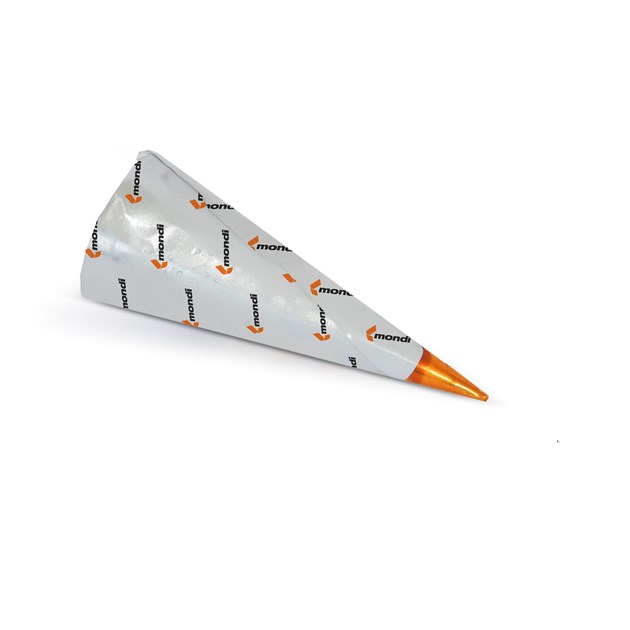Introduction
In an era of rapid technological advancement, Transwave technology is emerging as a revolutionary concept. Whether in telecommunications, transportation, or data transfer, this innovative technology is paving the way for a more connected and efficient future. In this blog post, we will explore the core principles, applications, benefits, and challenges of Transwave technology, as well as its impact on various industries.
What is Transwave Technology?
Transwave technology refers to a sophisticated system that enables seamless data, energy, or signal transmission across different mediums. It harnesses advanced wave propagation principles to optimize speed, efficiency, and security. The concept is widely applied in telecommunications, smart grids, and even biomedical engineering.
Core Components of Transwave Technology
- Wave Modulation: The ability to alter wave characteristics for improved signal transmission.
- Signal Amplification: Enhancing the strength and range of waves for seamless connectivity.
- Real-time Data Processing: Allowing instant transmission and reception of data with minimal latency.
- Interference Reduction: Advanced noise cancellation and filtering techniques ensure high-quality transmission.
Applications of Transwave Technology
1. Telecommunications
One of the most prominent applications of Transwave technology is in the telecommunications industry. With its capability to transmit signals efficiently over vast distances, it has become a cornerstone for 5G and beyond.
- Faster and more reliable data transfer.
- Enhanced network connectivity in remote areas.
- Reduced latency in voice and video communication.
2. Wireless Power Transmission
Transwave technology is also making strides in wireless energy transfer. By utilizing wave propagation, devices can receive power without physical connections.
- Charging mobile devices wirelessly.
- Powering medical implants inside the human body.
- Enabling wireless charging stations for electric vehicles.
3. Smart Grids and Energy Distribution
Smart grids leverage Transwave technology for efficient energy distribution, ensuring sustainability and reliability.
- Automated load balancing and distribution.
- Reduced energy wastage through predictive analytics.
- Integration of renewable energy sources.
4. Transportation and Navigation
Transwave technology plays a crucial role in modern transportation, particularly in autonomous vehicles and navigation systems.
- Real-time traffic monitoring and updates.
- Precise GPS navigation with enhanced accuracy.
- Improved vehicle-to-vehicle (V2V) communication.
5. Biomedical Applications
Medical science is benefiting significantly from Transwave technology, particularly in the realm of diagnostics and remote healthcare.
- Wireless health monitoring devices.
- Non-invasive imaging techniques.
- Real-time patient data transmission.
Benefits of Transwave Technology
1. High Efficiency
Transwave technology optimizes data and energy transfer, minimizing losses and maximizing efficiency.
2. Reduced Infrastructure Costs
By eliminating the need for extensive physical wiring, businesses and industries can save significantly on infrastructure costs.
3. Enhanced Security
With advanced encryption and interference reduction, Transwave ensures secure communication and data transmission.
4. Scalability and Flexibility
The technology is adaptable to various industries, allowing seamless integration with existing systems.
Challenges and Limitations
1. Signal Interference
Despite its advantages, Transwave technology faces challenges related to signal interference from external sources.
2. High Initial Investment
Implementing Transwave technology requires significant investment in research, development, and infrastructure.
3. Regulatory and Compliance Issues
Different countries have varying regulations on wave-based transmission, which can pose challenges for global adoption.
Future Prospects of Transwave Technology
With ongoing advancements in artificial intelligence, quantum computing, and nanotechnology, the future of Transwave technology looks promising. Some potential future applications include:
- Integration with AI for automated decision-making.
- Quantum wave-based encryption for ultra-secure communications.
- Advanced remote sensing for space exploration.
Conclusion
Transwave technology is set to revolutionize numerous industries, from telecommunications to healthcare. While challenges exist, the potential benefits far outweigh the limitations, making it a key player in the future of technology. As research continues, we can expect even more innovative applications that will enhance our daily lives and global connectivity.
Frequently Asked Questions (FAQs)
1. What is Transwave technology used for?
Transwave technology is primarily used for efficient data, signal, and energy transmission across various industries, including telecommunications, healthcare, and transportation.
2. How does Transwave technology improve wireless communication?
It enhances wireless communication by reducing latency, increasing signal strength, and minimizing interference for a seamless user experience.
3. Can Transwave technology be used for wireless charging?
Yes, it is being integrated into wireless power transfer systems, allowing devices to charge without physical connections.
4. What are the major challenges of implementing Transwave technology?
The primary challenges include signal interference, high initial investment, and regulatory compliance issues.
5. What is the future of Transwave technology?
Future advancements may include AI integration, quantum encryption, and applications in space exploration and remote sensing.











